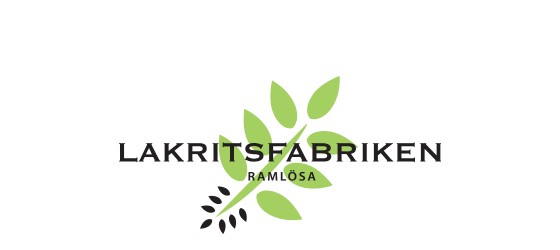4000 BC
The Sumerians, who lived on the banks of the rivers Euphrates and Tigris, used liquorice in medicin.
356-344 BC
Both Alexander the Great and Julius Caesar provided their soldiers with the liquorice root. It was used to reduce thirst and thus increasing endurance.
1200s
Liquorice root, which only used to grow along the countries of the Mediterranean Sea, Russia, China and Iran, reached the fields of Europe.
1500s
Liquorice cultivation reached England, but the big trade centres were still Italy and Calabri. There were several large estates run by the so-called “Liquorice Barons”.
1600s
Liquorice was introduced to the medical industry in Sweden as a cure for bad stomachs.
1700s
Dutch people introduced liquorice as sweets.
1760
The soft liquorice was created by mistake when an English pharmacist accidently poured flour into the liquorice medicinal drug that he was making.
1800s
Liquorice confectionery became so popular that liquorice plants emerged in Sweden and Finland. In Swedish pharmacies you could purchase liquorice root and liquorice paste.
1930s
Malmö Liquorice Company, which later became known as Malaco, started manufacturing the classic liquorice pipes.
2003
German researchers concluded that liquorice, Glycyrrhizin, was so far the main weapon in the fight of SARS Virus.
2011
EU origin protected the Calabrian liquorice.
09/04/11
Lakritsfabriken in Ramlösa launched its premium liquorice.
2012
Lakritsfabriken made the world’s longest piece of liquorice measuring 519 meters. The record was recognised as the world record by Guiness World Records.

